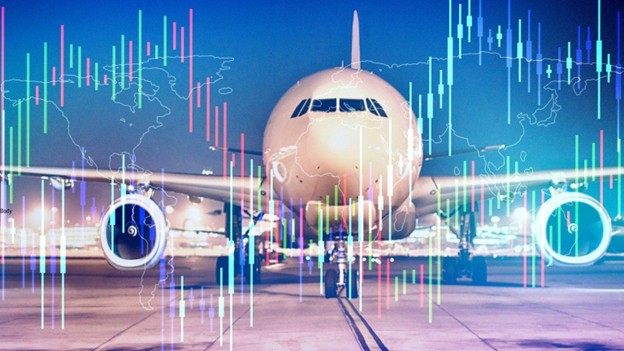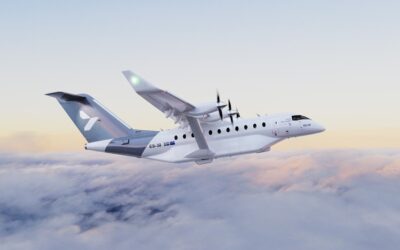Asia’s Aviation Industry in Mid-2025: Recovery, Innovation, and Future Outlook

(Photo Copywrites : Tourism International)
As of the middle of 2025, Asia’s aviation sector is still recovering well after the pandemic. This is because to more people wanting to fly, new technology, and government backing. Passenger numbers are slowly growing in important areas including China, India, Japan, and Southeast Asia. Both business and pleasure travel are picking up again.
In the first half of 2025, Asian airlines said that their domestic and short-haul international routes were doing very well. Budget airlines are growing quickly, while full-service airlines are adding more luxury options to attract high-paying customers. The Airbus A321XLR and Boeing 787 are two examples of fuel-efficient planes that are important for lowering operating costs and opening up new long-range routes.
Also, improvements to airport infrastructure at key hubs like Changi (Singapore), Incheon (South Korea), and Delhi (India) have made the experience better for passengers and increased capacity. Biometrics, AI-based check-in, and luggage monitoring are just a few examples of digital advances that are making things safer and more efficient.
The sector is facing problems even though it is growing. Rising fuel costs, political tensions, and variances in rules across regions may all hurt profits. There are also operational problems since there aren’t enough pilots and people are paying more attention to the environment.
The future seems bright during the second half of 2025. Travel between Asia and Europe and within Asia is likely to rise sharply, particularly around the holidays at the end of the year. The industry is expected to see:
More deliveries of planes and new routes, particularly in Southeast Asian economies that are only starting to grow.
Sustainability Push more money is going into electric ground operations, carbon offset programs, and sustainable aviation fuel (SAF).
Tech Integration, use of AI and data analytics to make trips more personal and improve fleet management.
In conclusion, Asia’s aviation industry in 2025 is strong, able to change, and has plans for the future. The area is still a global aviation growth engine, ready for a solid conclusion to the year, even if there are still problems.


